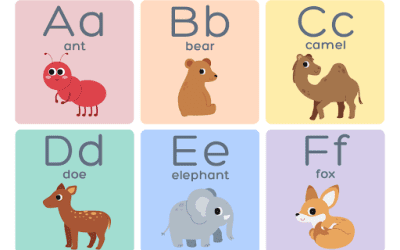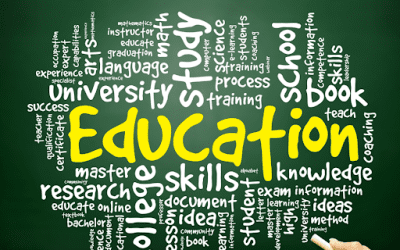What Is Competency-Based Education?
Competency-based education, also known as CBE or mastery-based education, focuses on content understanding rather than passage of time. Though commonly linked to higher education programs, many states are expanding the practice at the elementary and secondary levels. According to the updated definition from The Aurora Institute, there are 7 design principles for CBE in K-12:
- Students make daily decisions about their learning and how they will demonstrate it
- Assessment yields timely, meaningful, and actionable information
- Support is timely and differentiated based on student needs
- Learning expectations are common, explicit, measurable, and transferable
- Equity is embedded in the structure and pedagogy of schools
- Students learn actively using varying pathways and pacing
- Progress comes with evidence of mastery, not seat time
Advantages of Competency-Based Education
Student Benefits
There are many advantages for students when schools and programs adopt CBE. First and foremost, competency-based learning allows students to move at their own pace. Learners don’t have to waste time with skills they already have and they can spend more time on skills that are challenging for them. Students are also more engaged with the content because it is relevant to them and tailored to their specific needs. At the secondary level, CBE gives learners the opportunity to earn college credit in high school or graduate early. So, students who have the opportunity to work in mastery-based learning are more prepared for college and career.
Curricular Benefits
With a competency-based approach, stakeholders can be assured that each student has a consistent learning experience. CBE ensures that all the content that needs to be covered is covered. Skills developed from that content can then be consistently tracked. It’s far easier to see both gaps in programs and gaps for individual students. This allows schools to adjust their curricula and teachers to meet students where they are.
Assessment Benefits
With mastery-based education, assessment must measure what students are able to do so that they can move on to the next level. Assessment is thus easily embedded within the curriculum and the educational planning process. It also means that students aren’t scrambling to pass tests they’re not ready for and then forgetting the new information as they scramble to prepare for the next test. CBE allows students to view assessments as just that, and not as steps to their desired GPA.
Community Benefits
Students who begin competency-based education in the elementary and secondary grades will be more prepared to use it at the college- and career-level. This means that the community at large will have a broader pool of workers with many kinds of necessary skills. They will also have people who are prepared to develop new competencies readily as the world of work evolves.
Publisher and Provider Benefits
While developing a competency-based curriculum can be a departure from typical curriculum design, it allows publishers and providers to clearly show how they meet state standards and broader standards like Next Generation Science Standards (NGSS). Curriculum developers will also have an opportunity to embed summative and formative assessments into their curricula more easily by following CBE design principles.
Disadvantages of Competency-Based Education
Challenges for Students
Students will have to adjust spending varying amounts of time on skills; this could make studying with peers difficult. They may also get frustrated when they are stuck on a particularly challenging skill that takes them a long time to master. Also, students who have been very motivated by extrinsic rewards like high grades may have difficulty adjusting to mastery-based learning.
Challenges for Schools
Competency-based education is complex and difficult to implement. School districts will need to spend time and money on finding new competency-based curricula or on aligning current curricula with the design principles of CBE. Grading systems will need to evolve, which will require teachers to make big changes and parents to adjust their expectations.
Differentiating instruction on a widespread basis will also prove challenging at the school level. However, there are many edtech tools that offer personalized instruction for students that schools can utilize to help make this challenge easier for teachers and staff.
Challenges for Publishers and Providers
The challenges for schools are also present for publishers and providers; competency-based education is a departure from the traditional curriculum model. However, most publishers and providers have been incorporating personalized learning, so focusing on individual mastery vs. seat time will not be as great of a change as it would have been 20 years ago. The biggest challenge may turn out to be educating their customers on why they should purchase mastery-based curricula.
Broader Challenges
So much of the U.S. education system is based on time in seats, rather than mastery of concepts, that enacting CBE will be a major culture shift for our country as a whole. Competencies that include explicit, measurable, transferable learning objectives, however, will empower us all to understand exactly what our children and future employees can do.




